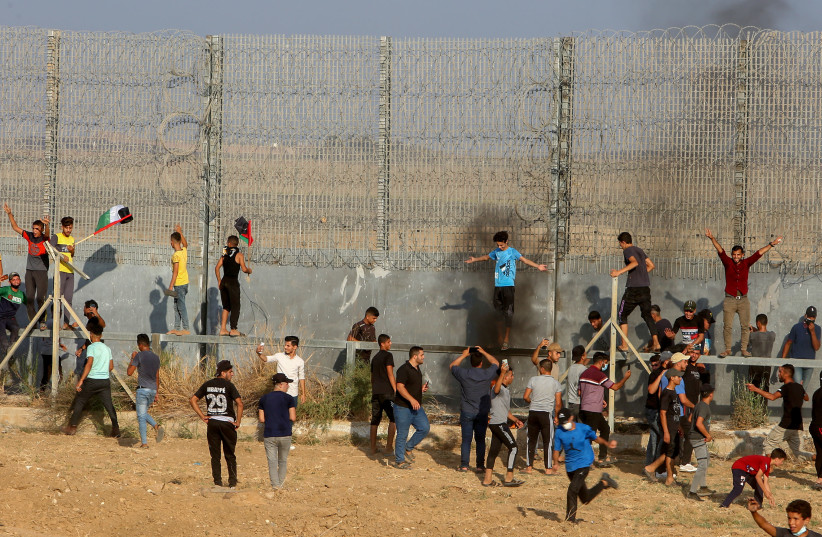The complexities of war in Gaza demand a nuanced understanding of the various Palestinian groups involved, particularly when distinguishing between those who are “uninvolved” and “unaffiliated.” This distinction becomes crucial when assessing the impact of military operations and the nature of civilian involvement in war and the October 7 massacre.
The harrowing ordeal of Roni Cariboy is a stark reminder of these blurred lines. Cariboy, a 25-year-old Israeli from Karmiel, worked on the amplification team at the Supernova music festival on October 7. He was kidnapped by Hamas terrorists but managed to escape and evaded capture for four days. During his attempt to return to the Israeli border, he was located by Gaza residents who handed him back to Hamas. This incident raises critical discussions about the complexities and nuances in defining terms like “uninvolved” and “unaffiliated” in conflict situations.
In discussions about the Israel-Hamas war, especially in international forums and media, the term “uninvolved” often emerges to describe civilians who are not actively participating in hostilities. This term implies innocence and non-participation, shaping global perceptions of military actions and their justifications.
"Unaffiliated" still willing to engage in acts of terror
However, the term “unaffiliated” introduces a more complex category. It refers to individuals who, while not officially members of a terror organization like Hamas, demonstrate a willingness to engage in acts of violence or support those who do. The “unaffiliated” are not passive bystanders, they are active participants in the war – albeit without formal recognition or affiliation.
We witnessed an example of this on October 7, when there were several incursions by thousands of terrorists across the Israel-Gaza border. The first, at 6:30 a.m., involved terrorists affiliated with Hamas who had planned and orchestrated the attack. Following this, at 8 a.m., a second group from Gaza, “unaffiliated” with Hamas, exploited the breach in the border fence to commit brutal acts. These acts, fueled by intense hostility, included kidnapping, rape, arson, and murder so brutal that they defy human comprehension.

This indicates that in Gaza, there is a significant group not formally affiliated with Hamas, yet they are engaging in violent and extremist attacks. Their actions are akin to those of terrorists, despite not being officially linked to any recognized terrorist organization. This challenges the common perception of all Gazans as innocent civilians trapped in the conflict.
Acknowledging the existence of “unaffiliated” individuals in Gaza who engage in violent acts is not an indictment of the entire Gazan population. Some residents are indeed “uninvolved” and bear the brunt of the war’s horrors that Hamas brings upon them. However, overlooking or dismissing the role of “unaffiliated” individuals in perpetuating violence undermines efforts to understand the full spectrum of actors in this complex war.
The moral and operational standards of the IDF in dealing with civilians during conflicts are often highlighted in these discussions. The IDF, known for its efforts to minimize civilian casualties, faces a formidable challenge in distinguishing between “uninvolved” civilians and “unaffiliated” individuals who pose a threat. This distinction is critical for maintaining the moral high ground and upholding international law standards.
As we reflect on the events of October 7 and their implications, the global audience needs to approach reports on Gaza with a critical eye.
Media narratives often simplify complex situations, and the distinction between “uninvolved” and “unaffiliated” is frequently lost. War, by its nature, is brutal and tragic, and while some innocent lives are undoubtedly lost (often as a result of terrorist groups like Hamas using civilians as human shields while obstructing their way from evacuating the war zone) the role of “unaffiliated” individuals in acts of violence cannot be ignored.
It is our responsibility to question and critically assess the narratives and numbers presented to us, understanding the complex realities of the Israel-Hamas war beyond the simplistic labels.
The writer is a member of Knesset for Yesh Atid.
